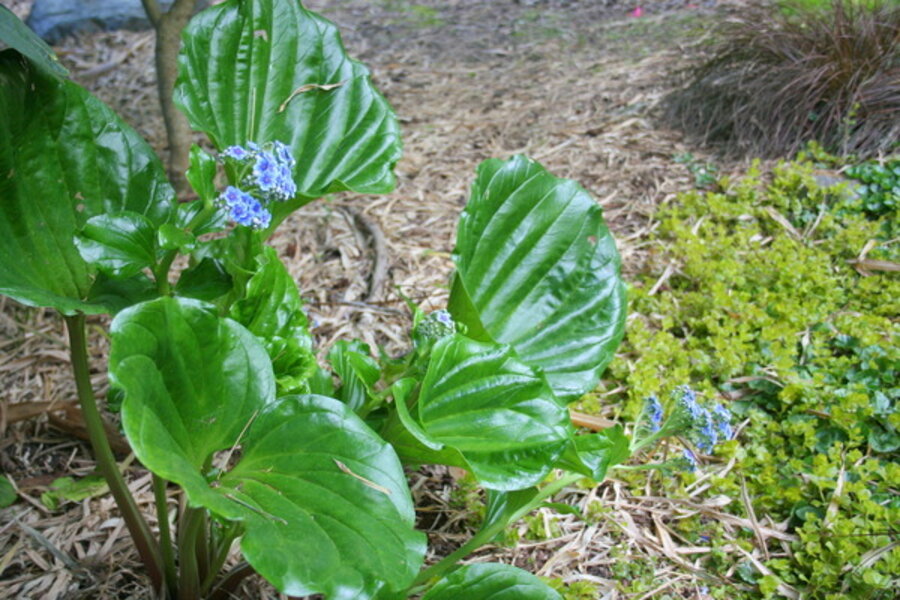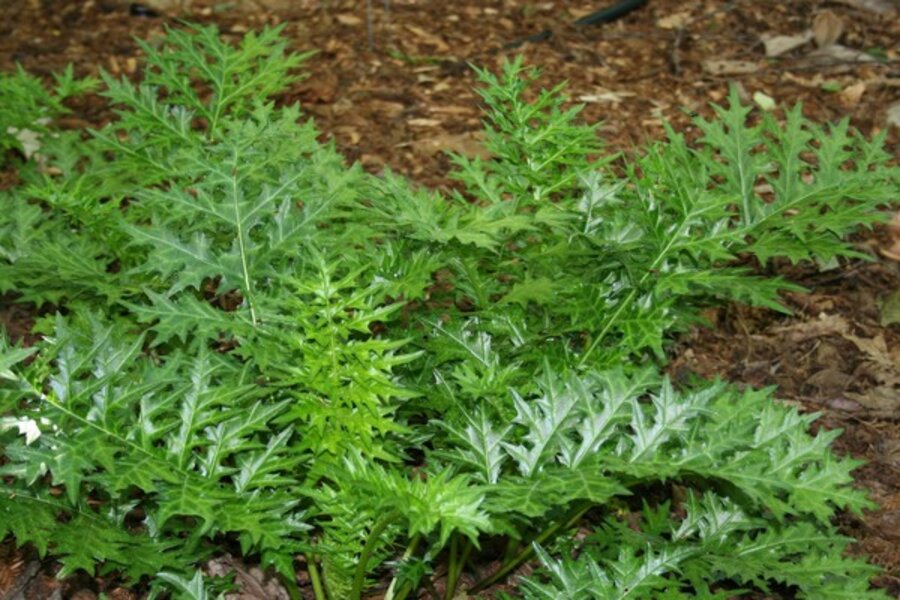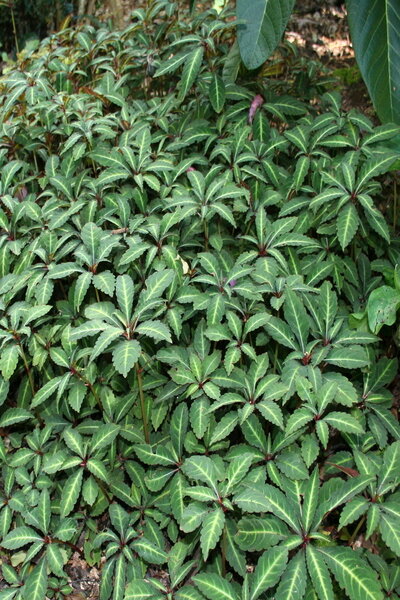Four unusual shade perennials to try
Loading...
Shade gardening can be tough enough without trying to deviate from the standard hostas-and-ferns mix that generally works anywhere. Yet the whole experience of gardening makes us want to try new things, and there’s little more exciting than poring over oddities in plant catalogs, wondering, “Will this grow for me?”
Here are four shade-loving plants that are both beautiful and undemanding.
Narrow-leaved lungwort
Lungwort’s ample blooms and easygoing habit have made it a favorite among shade gardeners, and narrow-leaved lungwort (Pulmonaria longifolia ssp. cevennensis; hardy to Zone 4) offers a twist on the original. It has long, slender leaves so heavily spotted that they are almost completely white. The brightness of the leaves shows up beautifully in a shaded understory planting, and it has vibrant purple blossoms. See second photo above; click on the arrow at the right base of the first photo to see additional photos.]
Hardy impatiens
Most gardeners are familiar with the annual impatiens which are grown for their bold, tropical-looking blooms, but hardy impatiens (Impatiens omeiana; hardy to Zone 6) flips this equasion on its head by showing off gorgeous foliage (and ho-hum blooms, not that you’ll notice). The gold veins and crenellated edges give this slowly-spreading shade perennial a classy, modern look. It goes well with black-flowered plants, and the burgundy undersides of each leaf are lovely when backlit by the sun. You can purchase it at Heronswood. [See photo at left.]
Spiny bear’s breeches
While the usual bear’s breeches (Acanthus mollis) are common in the garden, spiny bear’s breeches (Acanthus spinosus; hardy to Zone 5) have deeply cut foliage that’s like a cross between a holly and a fern, giving it an architectural and unusual look in the garden. The waxy, shiny leaves reflect light, and the arching habit looks lush next to a pond or water feature. Brent and Becky’s Bulbs has it available for purchase. [See third photo above.]
Chatham Island forget-me-not
While I never tire of the old-fashioned sweetness of a stand of forget-me-nots (Myosotis scorpioides), I have to admit: their foliage lacks presence. Not so with this beauty. Chatham Island forget-me-not (Myosotidium hortensia; hardy to Zone 8) has huge, glossy leaves with deeply impressed, crinkled veins. Frogs love to perch on the round leaves and enjoy a bathe in the dew. Best of all, the flowers are a deeper blue than forget-me-nots, making this dramatic foliage plant as lovely in bloom as it is in leaf. [See first photo above.]
-----
Genevieve Schmidt is a landscape designer and garden writer in the redwoods of Northern California. She shares her professional tips for gardening in the Pacific Northwest at North Coast Gardening, and on Twitter. To read more of what she has written here at Diggin' It, click here.










